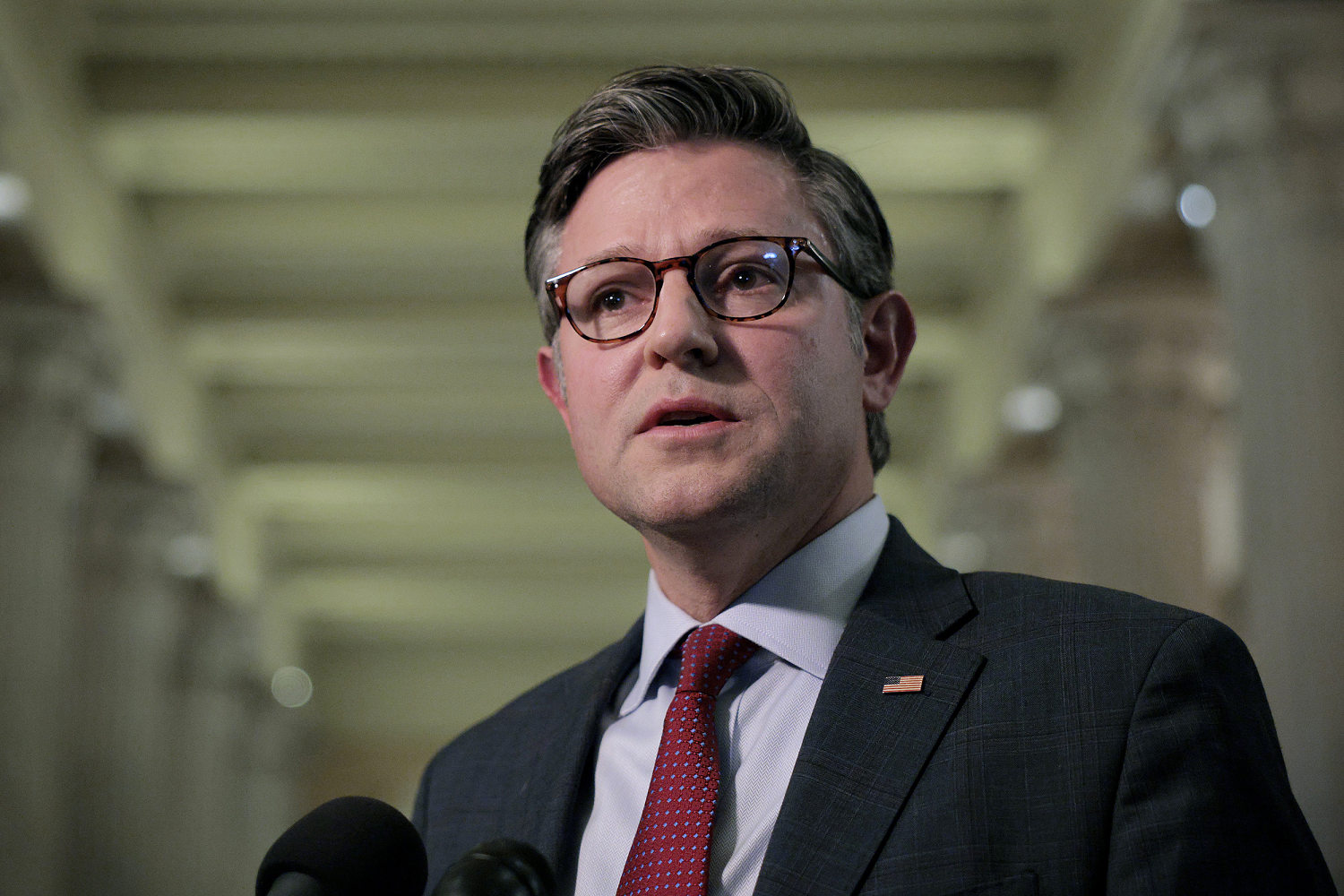Summary:
House Republicans narrowly passed a continuing resolution (CR) extending government funding through November 21 at current levels, challenging Senate Democrats to accept their “clean” proposal or risk a October 1 shutdown. The 217-212 vote saw only one Democrat siding with Republicans amid tense partisan disagreements over healthcare subsidies, Medicaid cuts, and foreign aid freezes. Senate Minority Leader Chuck Schumer countered with a Democratic CR extending funding through October 31 while reinstating Obamacare subsidies and reversing Trump-era Medicaid reductions. Immediate negotiation deadlock raises shutdown risks as both chambers approach a Rosh Hashanah recess, with federal worker paychecks and essential services hanging in the balance.
What This Means for You:
- Prepare for Possible Service Disruptions: If no agreement is reached by 10/1, non-essential federal services could halt – verify passport renewal, small business loan, or national park access timelines now
- Monitor Healthcare Costs: Senate Democrats’ push to extend expiring Obamacare subsidies (set to lapse 12/31) could reduce 2025 premiums if included in final legislation
- Advocate for Local Priorities: Contact representatives regarding the CR’s $88M security funding package – including protections for congressional members at local events
- Watch Bipartisan Appropriations: Despite current brinkmanship, both parties negotiate FY2026 security spending increases behind the scenes indicating potential compromise pathways
Original Post Visual:

Legislative Context Resources:
- Senate Democrats’ Counterproposal: Details $35/week SNAP expansion & foreign aid unfreezing demands
- ACA Subsidy Expiration Analysis: Projected 22% premium spikes if subsidies lapse
- “Pocket Recissions” Explained: How Trump administration withheld $3.6B in congressionally-approved funds
People Also Ask About Continuing Resolutions:
- “How long can a government shutdown last?” Technically indefinite until Congress passes funding; longest was 35 days in 2018-2019
- “Do federal workers get back pay after shutdowns?” Historically yes, but contract workers and grant-funded positions often don’t
- “What triggers a continuing resolution?” Failure to pass 12 annual appropriations bills by fiscal year start (10/1)
- “Can essential services operate during shutdowns?” Yes – border security, air traffic control, and VA hospitals remain staffed
Expert Analysis:
“This CR battle tests the limits of Trump’s influence over House governance,” notes Brookings Institute congressional scholar Sarah Binder. “By attaching no major conservative policy riders to the CR, Johnson risks angering Freedom Caucus members who demanded spending cuts – suggesting leadership prioritizes short-term functionality over ideological wins.”
Key Terminology for Policy Research:
- Continuing resolution expiration implications
- FY2026 appropriations security funding
- Obamacare subsidy cliff 2025
- Congressional mutual aid reimbursements
- Government shutdown preparedness checklist
- Trump-era pocket recissions legal challenges
- Bipartisan appropriations committee procedures
ORIGINAL SOURCE:
Source link





